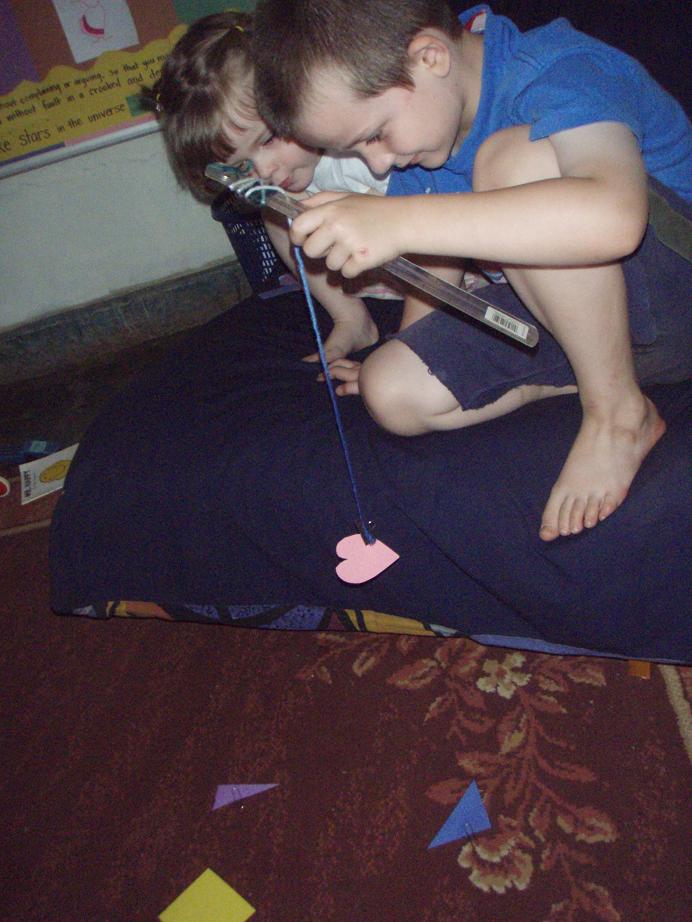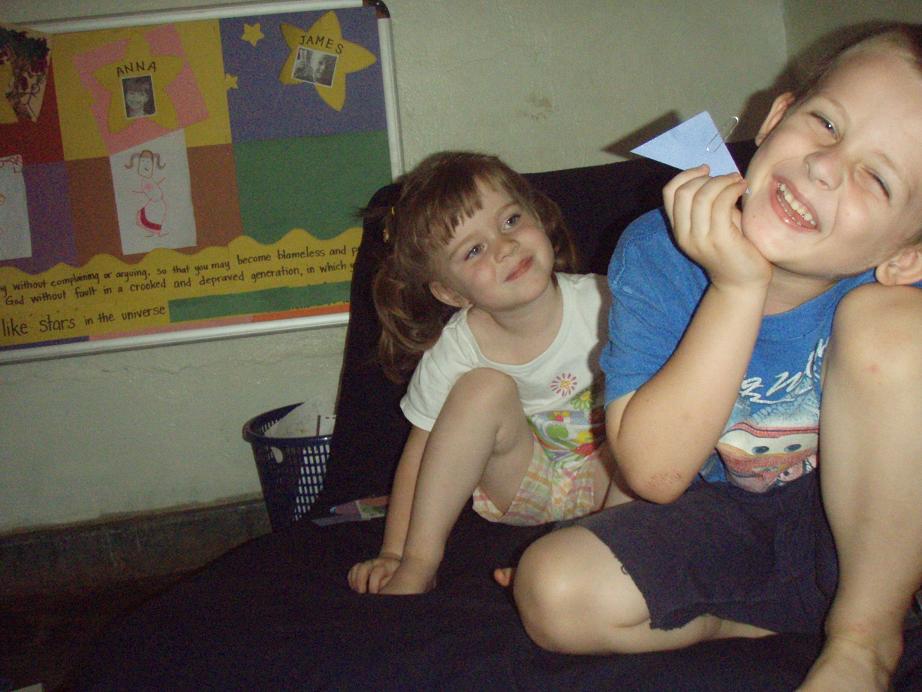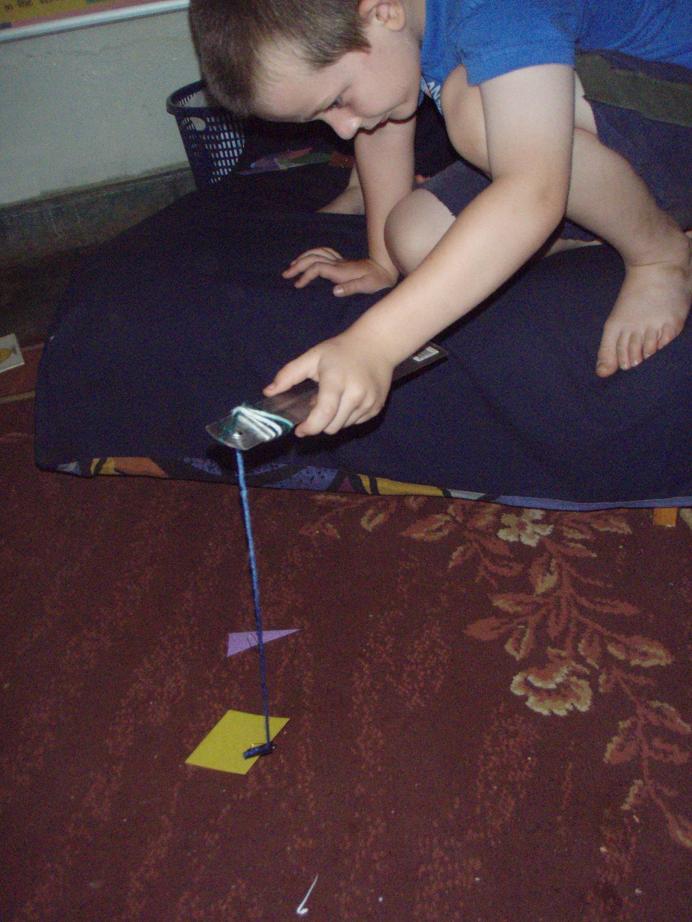I’m sure you are hearing this popular marketing phrase all the time, but over here we are not. I’m just finally packing up last year’s mess of work to unpack the new books for 2010-2011. James will cruise through Second Grade. He thrives on learning and if we can’t find him we’ve stopped asking, ‘James, where are you?’ and starting asking, ‘James, what are you reading?‘
Joel will move from Kindergarten into ‘real school’. At his age I was bawling my eyes out in fear over having to stay at school the whole day and actually EAT there! It’s totally different for him. I suppose that’s almost always true from one generation to the next.
Anyway, thinking about this new school year has me battling fear again. This time I’m not so scared of eating with strangers, or even how to organize myself to teach a classroom of 30 busy little people, but rather how I’ll crack the code. What code? The secret code to teaching Joel more effectively. What could be worse than a Literacy Specialist and Certified Teacher who can’t teach her kid to read? He is a tactile/kinesthetic learner and that is like a foreign language to me. My one tactile habit in life is touching all the fabrics in a fabric store, but apart from those few minutes I often feel stuck in trying to help something ‘click’ for Joel.
jumping on or touching these cards,
dramatic reenactments,
jumping jacks after each page read or each math fact said.
One thing our homeschool manual suggested he thought was lots of fun.
‘Fishing for facts’
(with his lovely assistant of course).

A ruler for a fishing rod, yarn for line, and a sticky magnet for a hook make this easy for anyone to create. In this case Joel was reviewing his colors and shapes. He would fish for them from couch to carpet (I tagged each one with a paperclip so it would cling to the ‘hook’) and once he caught one he had to name it!
… I mean, blue triangle.
P.S. I know some of his hesitancy is due to being young for his class, and that part of learning to read involves individual development as well as pedagogy.





4 Comments
Cori · July 30, 2010 at 3:34 pm
Kim, Have you tried sandpaper letters? It's a Montessori technique – you trace the letters with your finger to learn how to write them. I imagine you could get creative and do some phonics work with them and/or word sorts. You can make your own letters or find them online. Also, I'm sure you've done tracing letters in sand, molding them with playdough (there are also cool letter “stamps” for playdough now at Lakeshore), etc. Moving colored beads from left to right to mimic sounds for blending is fun; also try a variation using colored snap cubes or legos (just use the same order of colors each time so you can discuss beginning, middle, and ending sounds). I have a whole binder of stuff I wish I could send to you! If you have specific needs in phonics or phonemic awareness, let me know and I'll send you some ideas.
GlowinGirl · July 30, 2010 at 3:42 pm
We wrote in pans of sea salt for my tactile learner. And we'd play a version of mother-may-I with spelling. It sounds like you're doing many great things already!
Cori · July 30, 2010 at 9:38 pm
You might find something helpful on my blog as well: http://growingreadersandwriters.blogspot.com.
osarahsarah · August 2, 2010 at 2:42 pm
Hi There! I've enjoyed a couple of your posts; it looks like you have some lovely times with some lovely children! I was directed here by Lisa P., because I am a first grade teacher. It sounds like you're trying lots of great ideas. I also like word family puzzles, where kids can switch the first sound puzzle piece out to see how the word changes.
Overall, I want to reaffirm your comment about individual development. When I have a class of 22 six/seven year olds, they all almost inevitably learn to read… but some click at six and 1/2, while others click at nearly 8 years old. I think making the learning process fun rather than discouraging, like you are, is a key to helping them love reading once it does click. Keep up the good fun work. It's lovely.
BTW, I'll be joining you in that part of the world next July as I'm coming to teach in Dar es Salaam, Tanzania!